From April 23 to May 6, Place de la Bastille in Paris, hosts an outdoor exhibition dedicated to the photographs of Antoine Agoudjian and resilience.
“Le cri du silence” presents 23 photographs by the photographer, on conflict zones in the Middle East and the Caucasus. This unique work also brings together a testimony on the Armenian cause.
The “tragic, humanistic and aesthetic” clichés have focused on his work for the past 5 years. They come from, among other things, the Battle of Mosul in Iraq (2017), the uprising and the conflict in Syria (2018-19) and the war in Artsakh (2020). Other older images show Armenia, Lebanon and Turkey.
Belonging to the current of humanist photography, he dedicates his black and white work to the history of the Armenian people by covering the places of battle.
The exhibition began 2 days before Joe Biden’s recognition of the Armenian Genocide on April 25. The USA thus joins some thirty countries in the world. This American premiere was not to the liking of denialist Turkey. During World War I, the Ottoman Empire, allied with Germany and Austria-Hungary, claimed between 1.2 and 1.5 million victims.
The origins of the exhibition
For the past thirty years, Antoine Agoudjian has visited the field of operations regularly. He brought back a large number of images marking his work on the theme of memory.
At this time, the photographer sets out to search for places in the history of his people. He first went to Armenia then to the Caucasus and continued his research in the Middle East. He then works on memory in Jerusalem, Lebanon, Syria, Turkey, Iraq, Iran… As a witness, he transmits a message based on his photographs, showing persecuted minorities: Yazidis, Kurds, Christians from the East, Armenians from Nagorno-Karabakh. All these images made him want to publish a book in 2015 for the centenary of the Armenian genocide. Through photography, he immortalizes the memory of the history of his people, while showing the still current struggles against intolerance.
Today the photographer regularly travels to Nagorno-Karabakh to work on the aftermath of the conflict. He accompanies journalists and writers such as Sylvain Tesson.
Portrait of Antoine Agoudjian
Antoine Agoudjian was born on February 6, 1961 in St Maur-des-Fossés near Paris. He is the grandson of survivors of the Armenian genocide of 1915.
Following the earthquake in Armenia on December 7, 1988, he left for 2 years for an NGO as a logistician and interpreter. It was at this time that he began photography mixed with his humanitarian work. On his return, he published his first book “Le Feu et la Glace”, prefaced by Alberto Moravia.
He contacted the “Restos du Coeur” in 1991 and photographed poverty in France. At the same time, he worked in the professional photographic laboratory Pictorial Service in Paris. There, he became an expert in film development and black & white silver prints.
Thanks to his meeting with Robert Doisneau, he joined the Rapho Agency. His second book “Portraits of the Restos du Coeur” came out in 1992 with a preface by Frédéric Dard.
After an order from a publisher on a look at Istanbul, he left for Turkey in 1996. The work “Istanbul Maybe”, prefaced by Michéa Jacobi. appears the same year.
1998 is a year of consecration for Antoine Agoudjian since Actes Sud publishes his 10 years of reporting on the Caucasus. His 4th book “Rêves Fragiles”, prefaced by journalist Gérard Guéguan, appeared in 1999.
New cycle on Memory
A new cycle begins in 1999 with a project on memory. The old city of Jerusalem is the starting point, Lebanon, Syria, Turkey, Iraq, Iran, Georgia, Nagorno-Karabakh and Armenia, will follow. In 2006, this resulted in the publication of his images by Robert Delpire in the Photo Poche collection. “Burning Eyes” is prefaced by Canadian director Atom Egoyan.
In 2011, he was the first photographer to exhibit in Istanbul on the theme of Armenian memory, since the genocide of 1915. Osman Kavala (imprisoned in 2017) organizes and supports this highly publicized exhibition in a large gallery.
“Le Cri du Silence”, prefaced by actor and playwright Simon Abkarian, is his latest work. This title expresses the strength of History and its echo on Silence. The book was published in 2015, the centenary of the genocide of 1915. On this occasion, the Kurdish mayors of Diyarbakir (Turkey) invite him to exhibit in their municipality. They will be incarcerated in 2015.
Since 2015, he has covered the wars in Iraq, Syria and Nagorno-Karabakh (Artsakh). It was at this time that he marked a new stage in his work. He introduces color into his work, wanting to signify a passage from the past to present history.
In October 2017, he won the public prize for war correspondents at the Bayeux festival.
Striking shots
The Convoy: Latchin Corridor in Artsakh (1996)
The bird’s nest: 2 children praying in the region of Byblos (2000)
January 19 3pm: Assassination of Hrant Dink, Turkish journalist and writer of Armenian origin, in front of the headquarters of the weekly Agos in Istanbul, Turkey (2007)
The Testament: City of Mazgirt, Tunceli (Desrim) in Turkey (2012)
The Broken Dove: Yerevan, Armenia (2013)
The Exodus: A young Iraqi refugee flees with a child in his arms during the regular forces’ assault on Daesh in Mosul (1997)
Hades – The destroyed city of Deir ez Zor in Syria (2018)
Resistance: Bombardment in the Lachin region of Artsakh (2020)
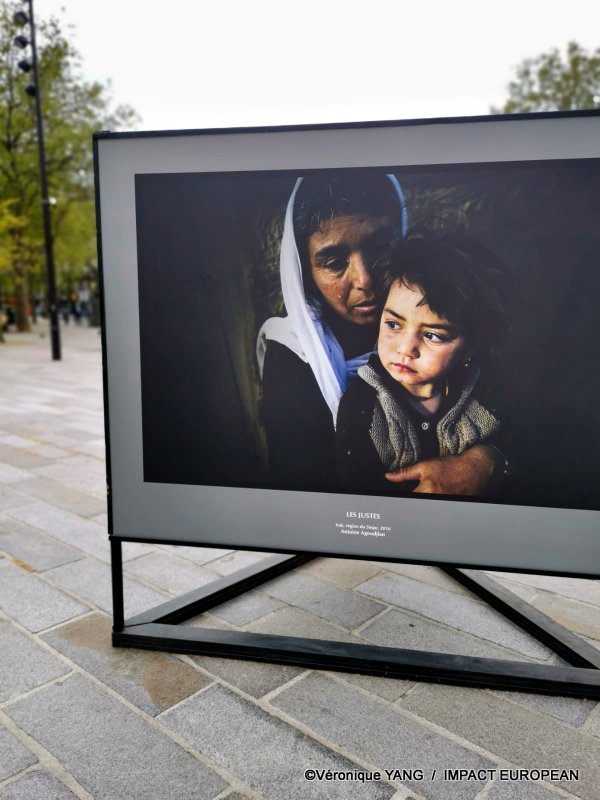
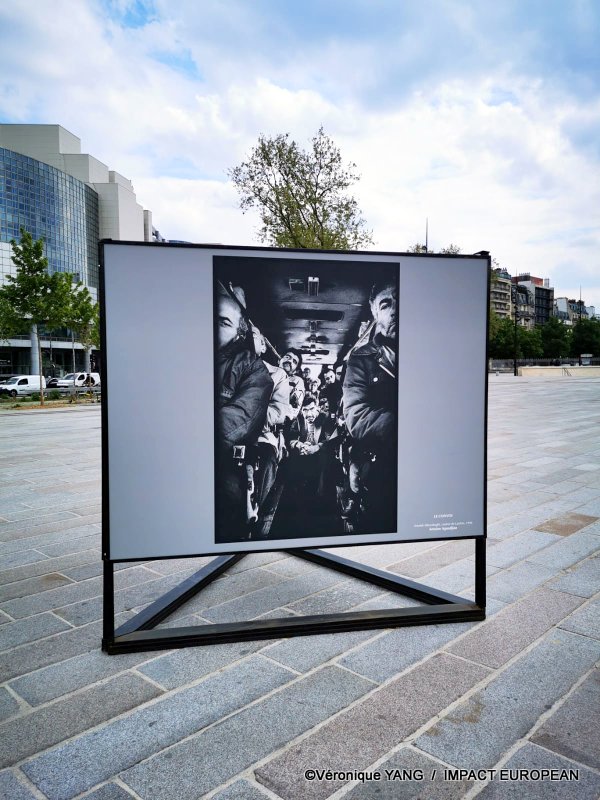
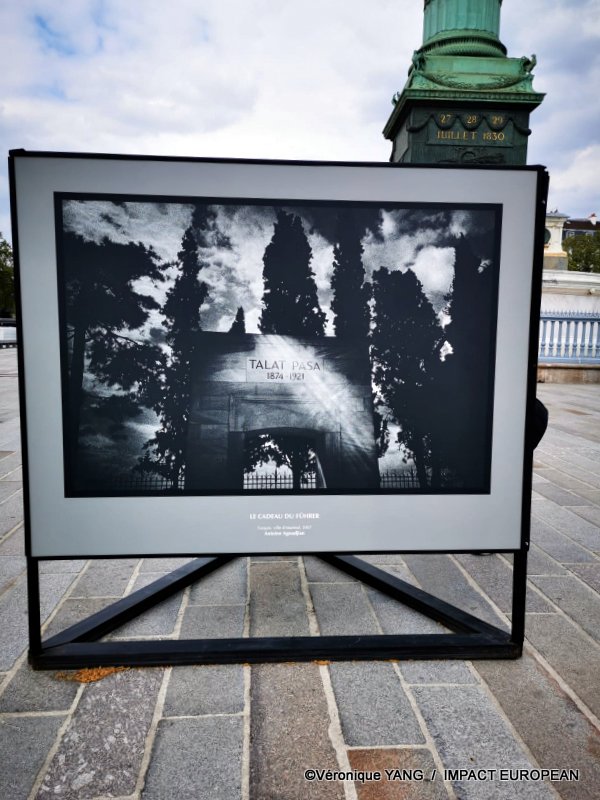
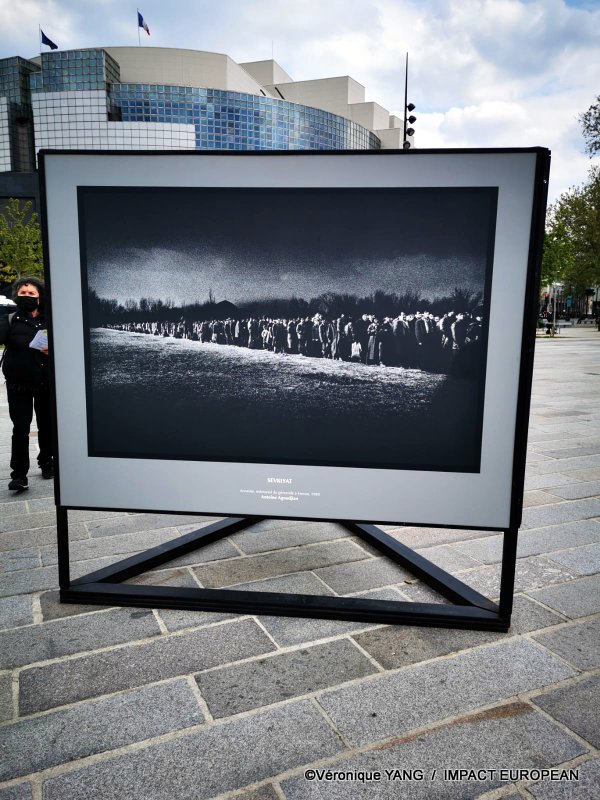
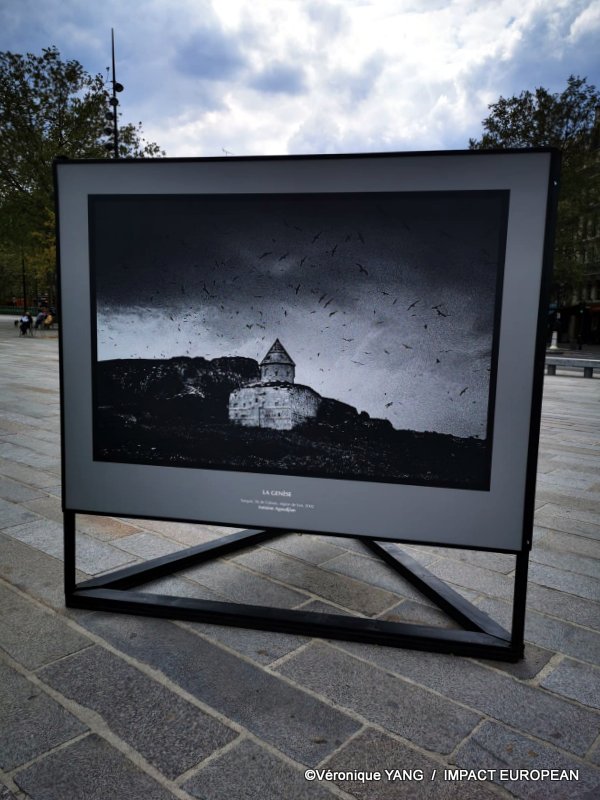
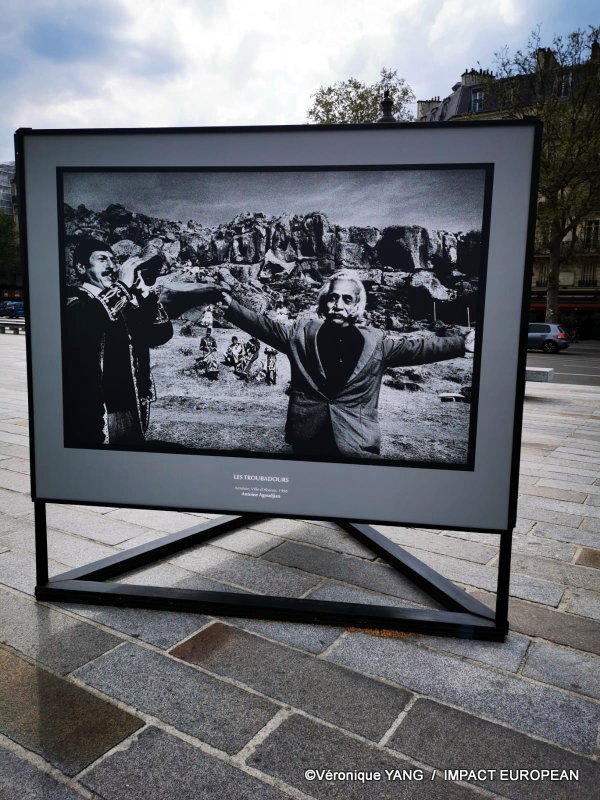
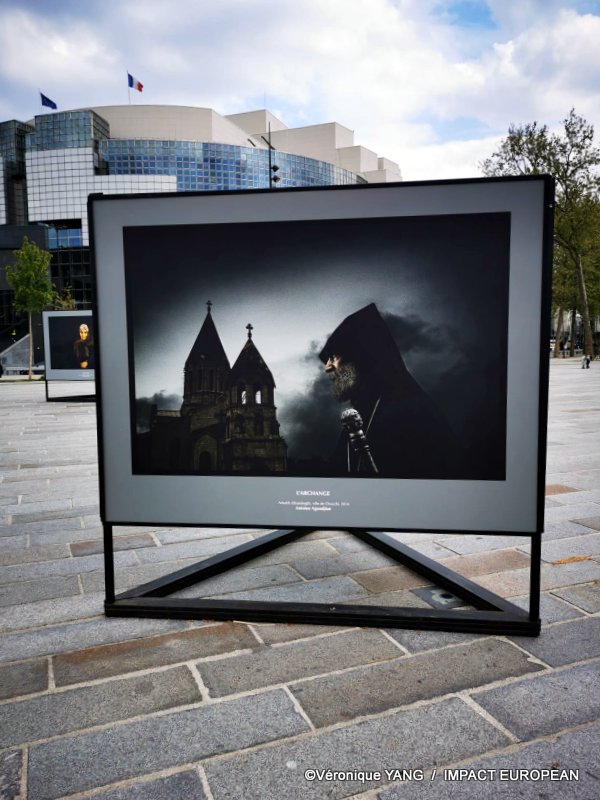
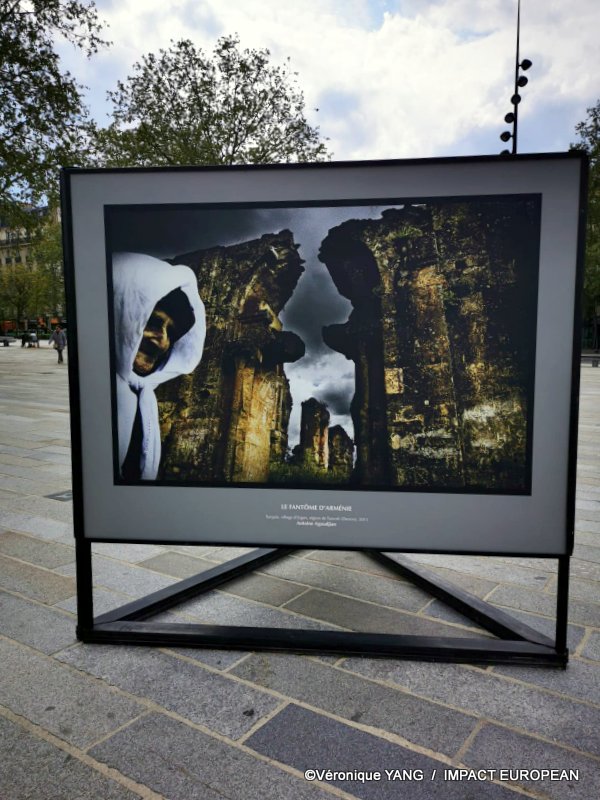

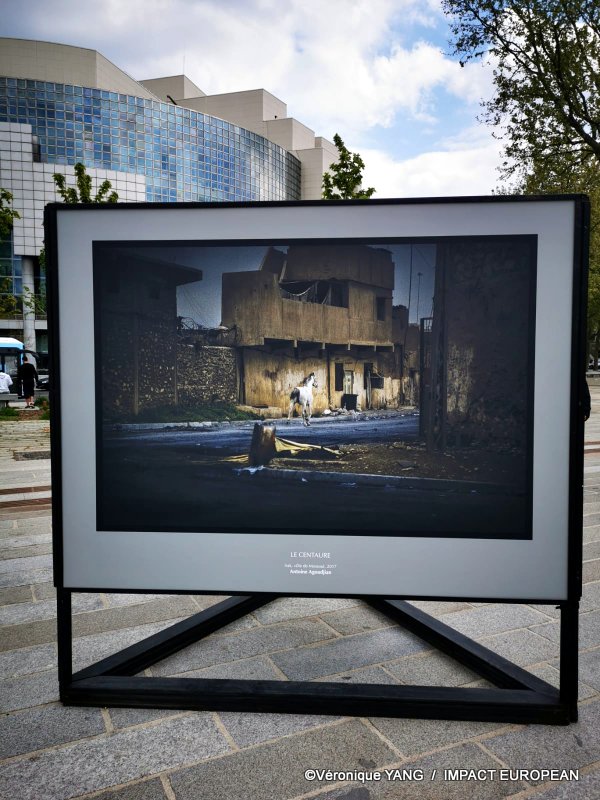
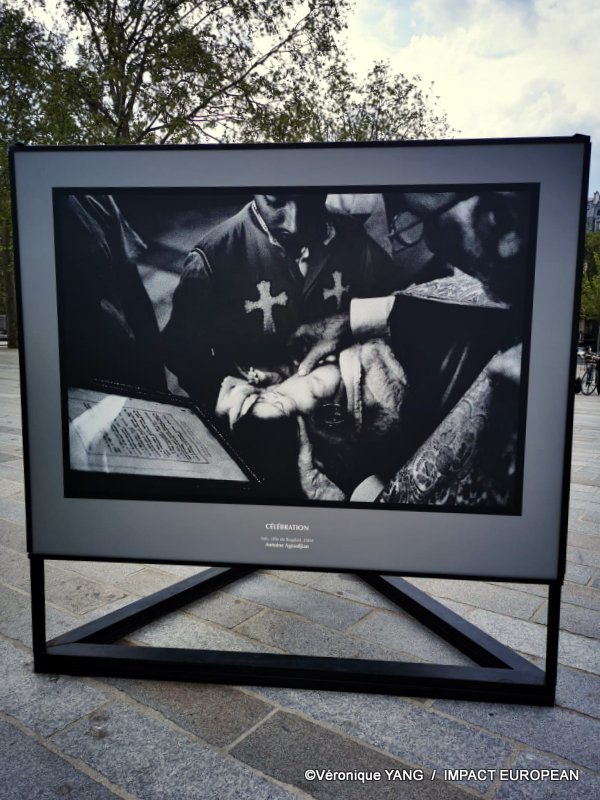
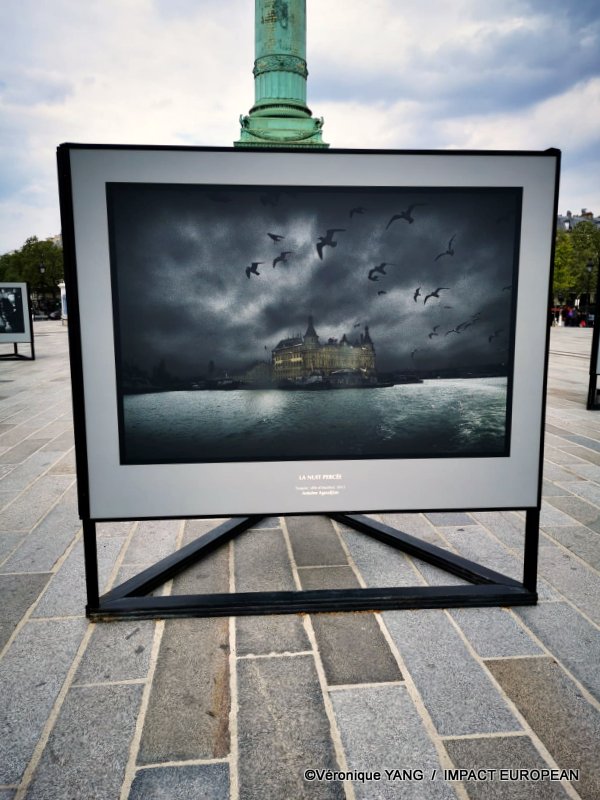
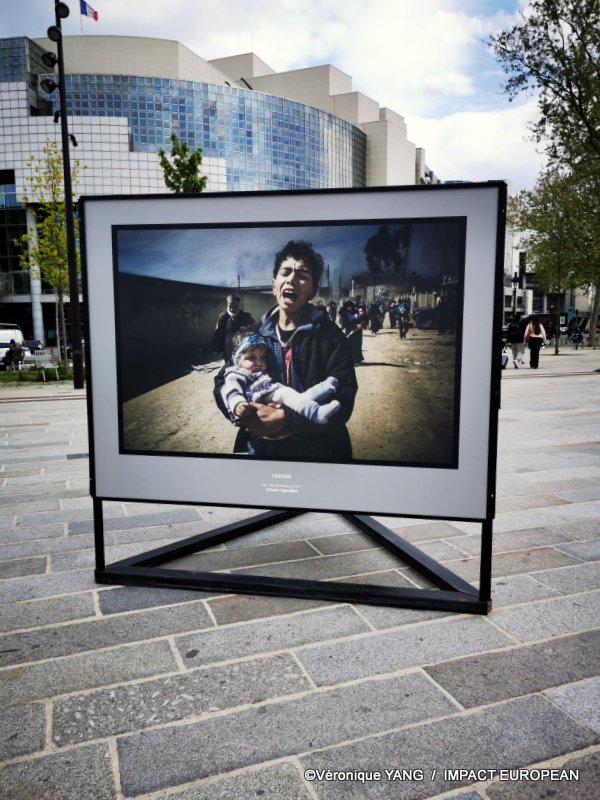
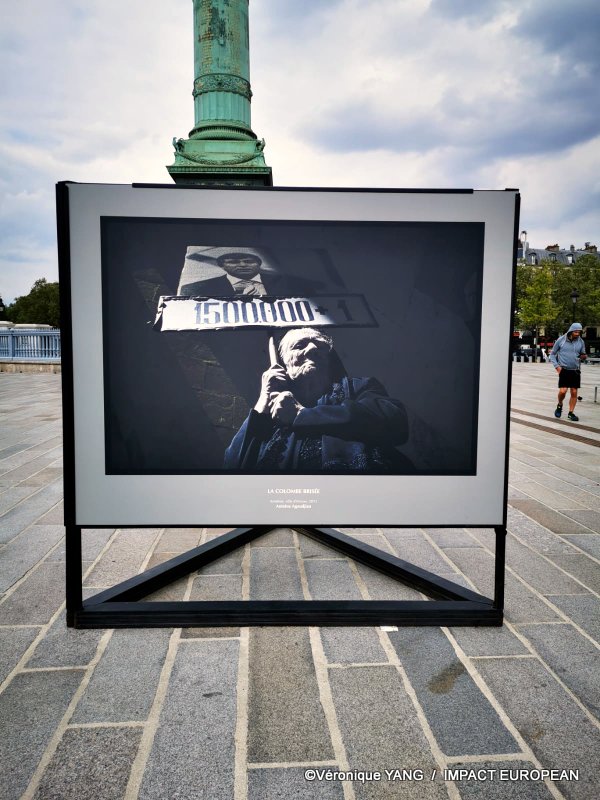
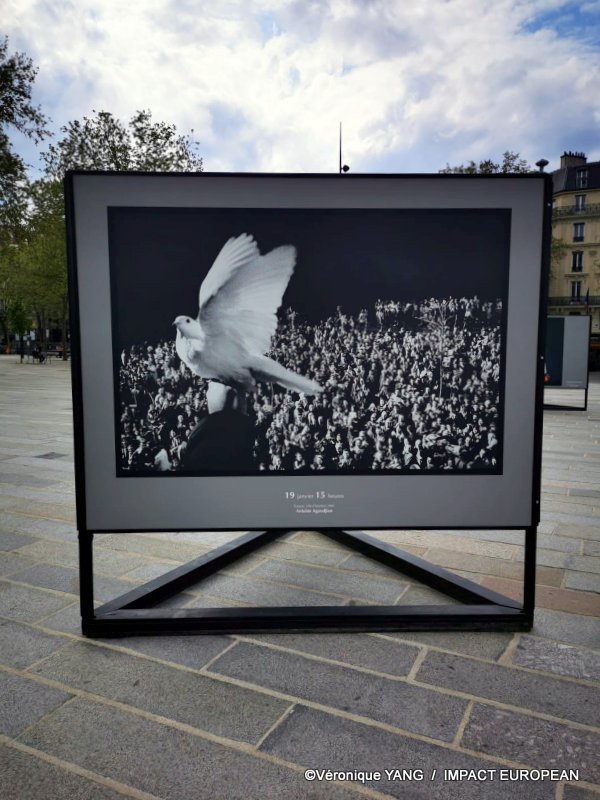
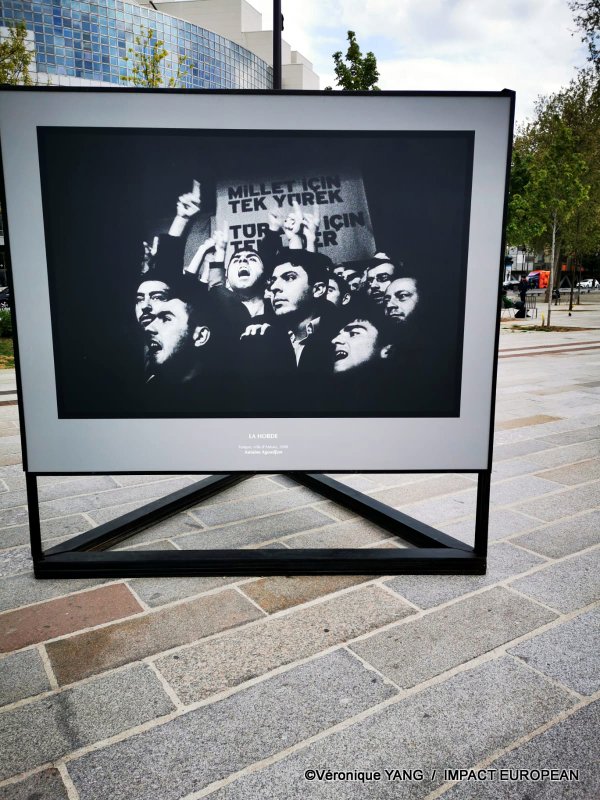
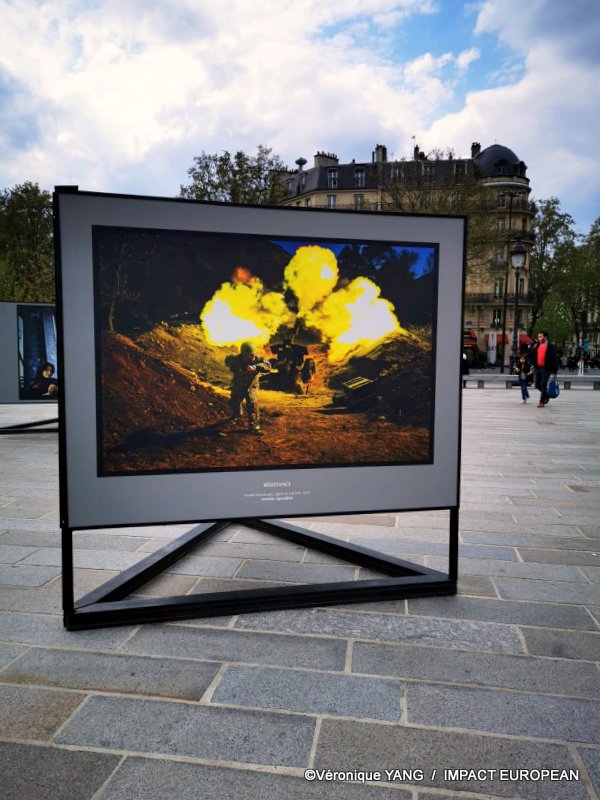
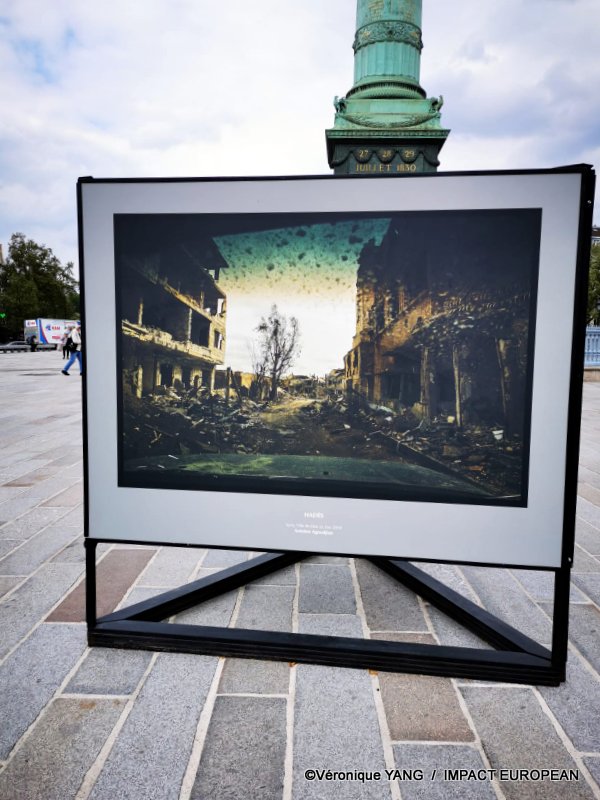
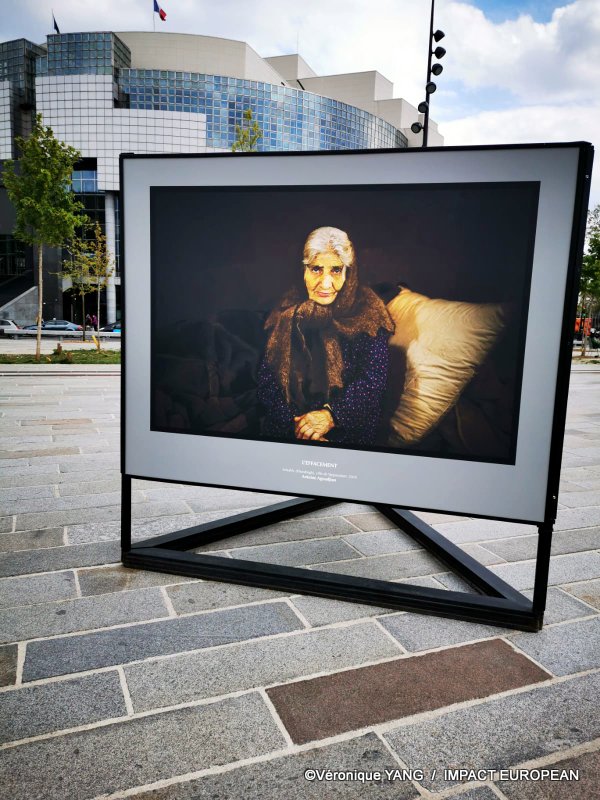
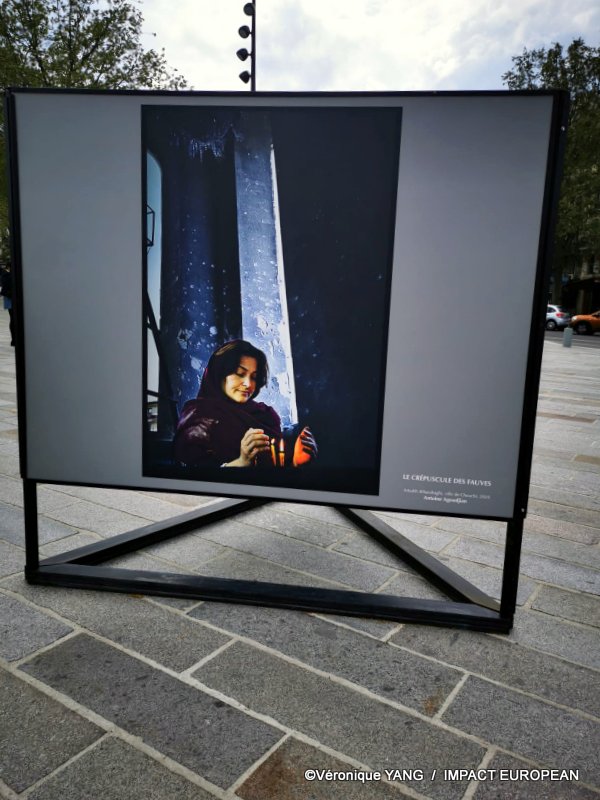
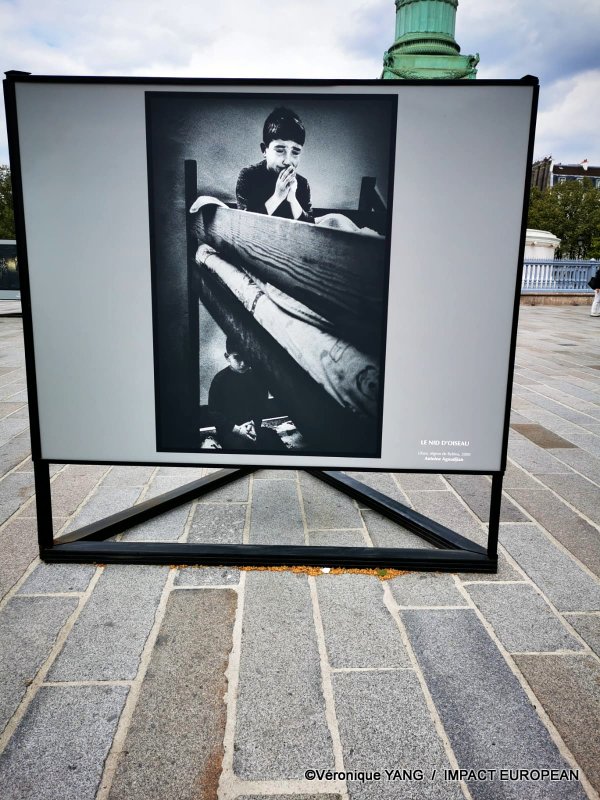
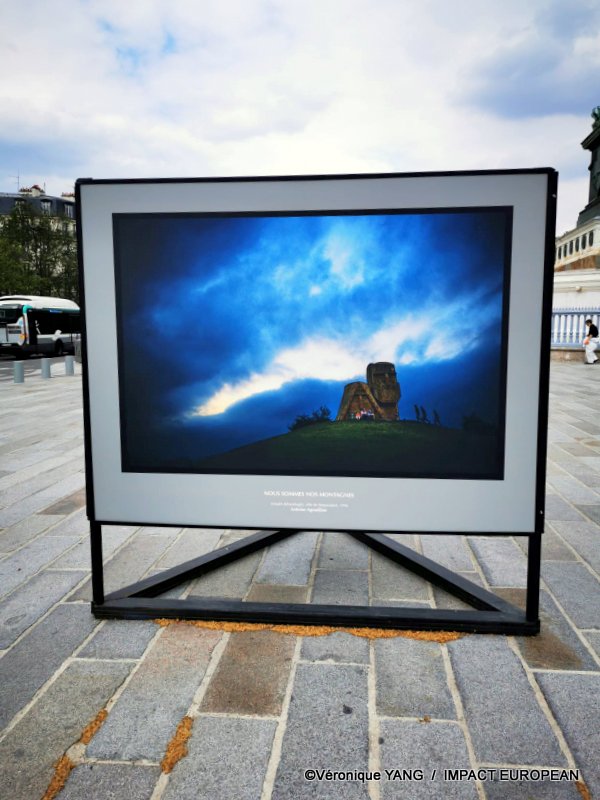
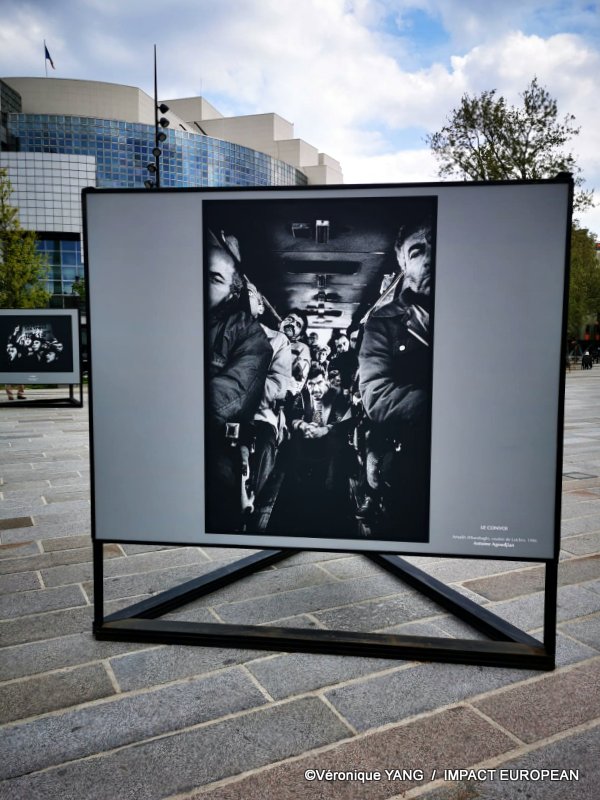
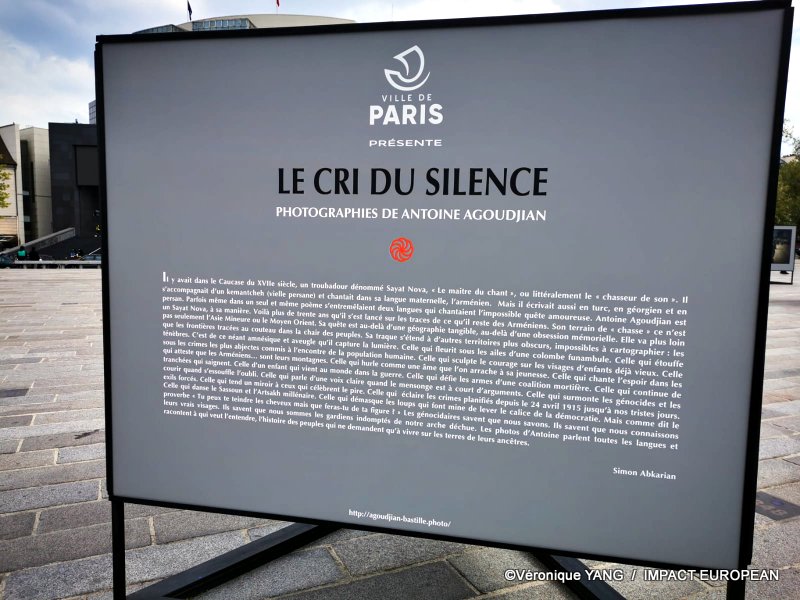
More Stories
Learn to manage your business with Rivalis
METAL D’ALCOVE, the workshop of Eric KATZ, lighting sculptor in Montmartre
Paris Marathon 2024: Victory for Ethiopians at the Paris marathon